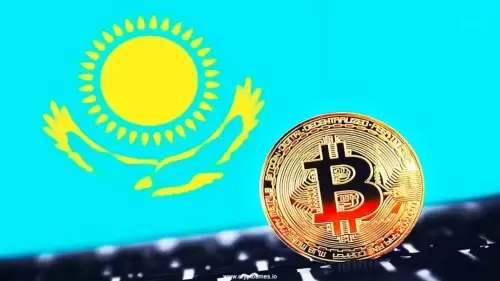A deep dive into the Polyhedra (ZKJ) liquidity crisis, the Phoenix Revival Program, and the community's reaction. Is it a genuine recovery effort or just a band-aid?

Polyhedra's ZKJ Liquidity Crash: Phoenix Program or False Hope?
In the ever-turbulent world of crypto, Polyhedra's ZKJ token recently became the center of attention for all the wrong reasons. A massive liquidity drain sent the token spiraling, leaving investors reeling. Now, with the Phoenix Revival Program in place, is there hope for ZKJ holders, or is it just a smokescreen?
The ZKJ Liquidity Crash: A Flash in the Pan or a Sign of Deeper Issues?
June 15th will be a day etched in the minds of ZKJ token holders. A coordinated liquidity attack saw a staggering $500 million vanish in minutes. The token price plummeted from around $2 to under $0.35 in a mere two hours. A single wallet's $4.3 million liquidity withdrawal from PancakeSwap triggered a domino effect, compounded by additional ZKJ deposits into exchanges by a Wintermute-linked wallet, raising suspicions of a coordinated exit. Bybit recorded over $97 million in long position liquidations, adding fuel to the fire.
Polyhedra's Response: The Phoenix Revival Program
In response to the carnage, Polyhedra launched the Phoenix Revival Program, targeting users who held their staked ZKJ tokens through the crash. The program promises early access to ecosystem airdrops and zero-knowledge infrastructure rewards, with reward allocation based on staking power at the time of the crash. The initiative also highlights a strategic shift towards zero-knowledge infrastructure, including a decentralized exchange called "Dark Pool," a privacy stablecoin, and the ZKML inference engine.
Community Backlash: A Betrayal of Trust?
While the Phoenix Revival Program aims to reward loyal stakers, it has been met with significant community backlash. Many investors view it as a betrayal, as it omits any mention of a previously promised buyback. Instead of addressing the immediate financial losses, the program focuses on future access to new product features and airdrops, which many find inadequate. The community feels abandoned, with Polyhedra seemingly more concerned with salvaging its roadmap and image than compensating those who suffered substantial losses.
The Road Ahead for Polyhedra and ZKJ
As of press time, the ZKJ token trades at around $0.20, a far cry from its peak of $4.01 in March 2024. The success of the Phoenix Revival Program hinges on whether Polyhedra can regain the community's trust and deliver on its promises. The shift towards zero-knowledge infrastructure could be a strategic move, but it remains to be seen if it will be enough to revive the ZKJ token and restore investor confidence. Some community members noted that the planned staking incentives and ecosystem benefits are only useful if the project and its token regain value, something many now doubted.
Personal Thoughts
While Polyhedra's efforts to address the liquidity crisis are commendable, the lack of a buyback plan is a significant misstep. Rebuilding trust requires more than just promises of future benefits. A more direct approach to compensating those who suffered losses would go a long way in restoring faith in the project. Actions speak louder than words, especially in the volatile world of crypto.
Final Thoughts
So, what's the verdict? Is the Phoenix Revival Program a genuine attempt to right the ship, or just a fancy PR stunt? Only time will tell. But one thing's for sure: the ZKJ saga serves as a stark reminder of the risks involved in the crypto world. Remember to always do your own research, and never invest more than you can afford to lose. And hey, maybe keep an eye on that "Dark Pool" – just in case!














































































